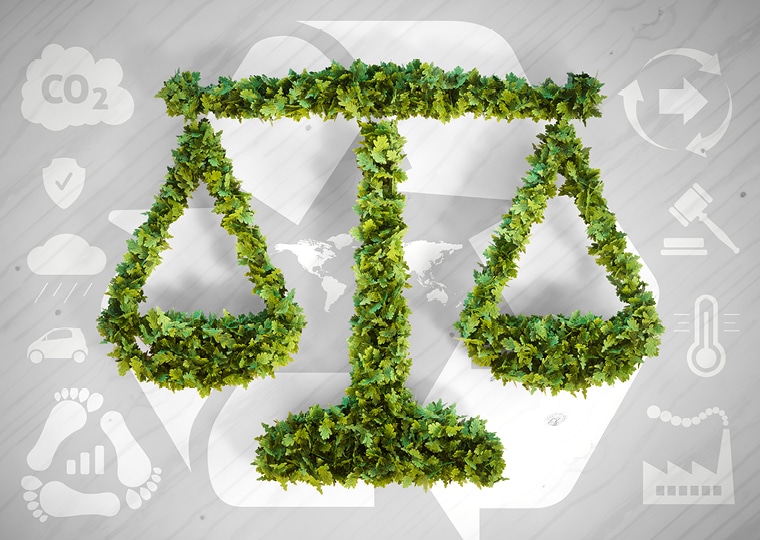
Three of STV’s environmental, sustainability and resilience experts recently presented at the Transportation Research Board (TRB) Resource Conversation and Recovery Committee’s 2023 Summer Workshop. Hosted by the Stevens Institute of Technology, the two-day workshop centered around a theme of “making transportation more sustainable” and spotlighted emerging environmental research and infrastructure projects across the New York Metropolitan region.
Lauren Alger, P.E., director of sustainable design, and Emma Thebault, senior resilience planner, discussed how to integrate sustainability and resilience into planning and design strategies for transportation infrastructure development. Douglas Glorie, P.E., CIH, CSP, vice president of environmental services, shared his expertise in environmental compliance for design-build projects for the Metropolitan Transportation Authority (MTA).
TRB’s Resource Conservation and Recovery Committee, also known as AMS20, is advancing environmental and climate research related to the transportation industry. Their annual summer workshop brings together industry professionals, transit agencies, and researchers working at the intersection of transportation, sustainability, and environmental management systems.
Having served as senior project manager for MTA design-build projects, Glorie discussed navigating the environmental permitting and compliance process with the delivery method’s streamlined schedule. He was joined by representatives from MTA’s Construction & Development team and WSP.
Alger and Thebault showcased how STV’s Sustainability and Resilience teams perform climate vulnerability assessments, create resilient designs, plan for climate event preparedness and recovery, and develop nature-based solutions, such as green roofs and stormwater management.
“Sustainability and resilience should be regarded as interconnected and mutually beneficial approaches,” said Thebault. “Sustainable designs play a vital role in addressing climate change by reducing our impacts, while resilience strategies help us adapt our infrastructure to withstand and recover from climate-related hazards.”
They also addressed reduction strategies for embodied carbon, the greenhouse gas emissions emanating from materials used in building and infrastructure projects—a topic that Alger recently discussed in a blog post.
“In our work at STV, we plan ahead for the future and prepare clients for a variety of scenarios through sustainable and resilient designs,” Alger said. “We implement a holistic approach of quantifying a project’s footprint and identifying the major areas that need to be focused on during planning, design, and building efforts. Our teams work together to ensure a project is both sustainable and resilient, and that we’re designing with nature, not against it.”






